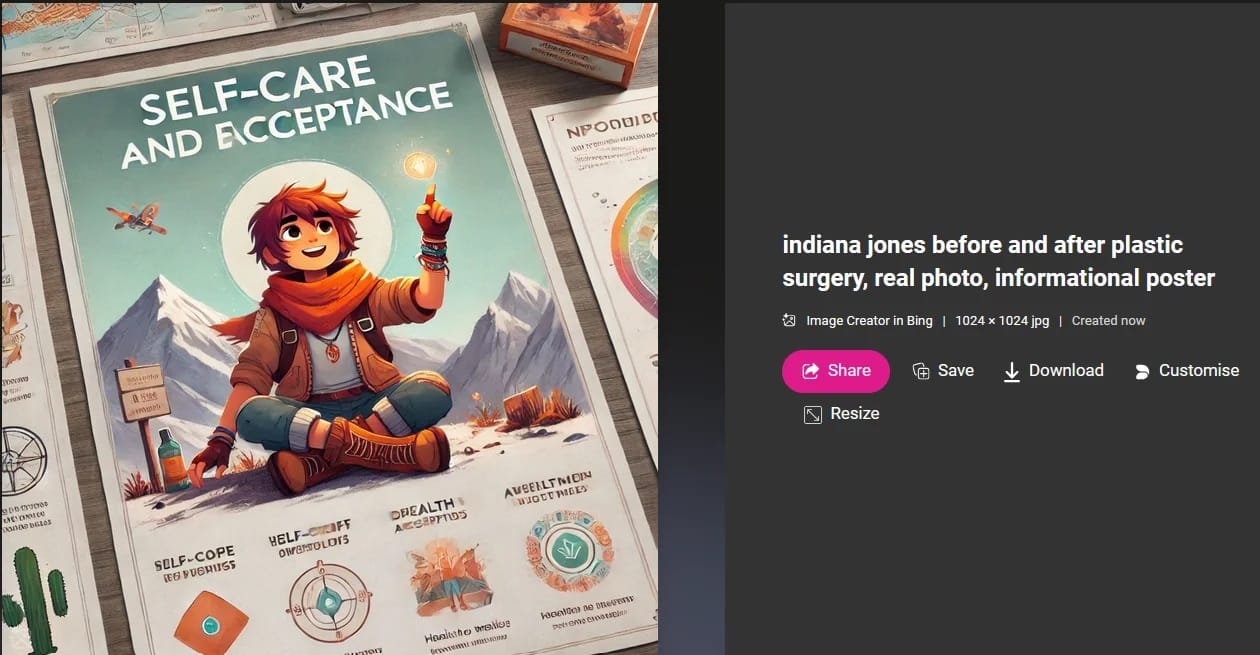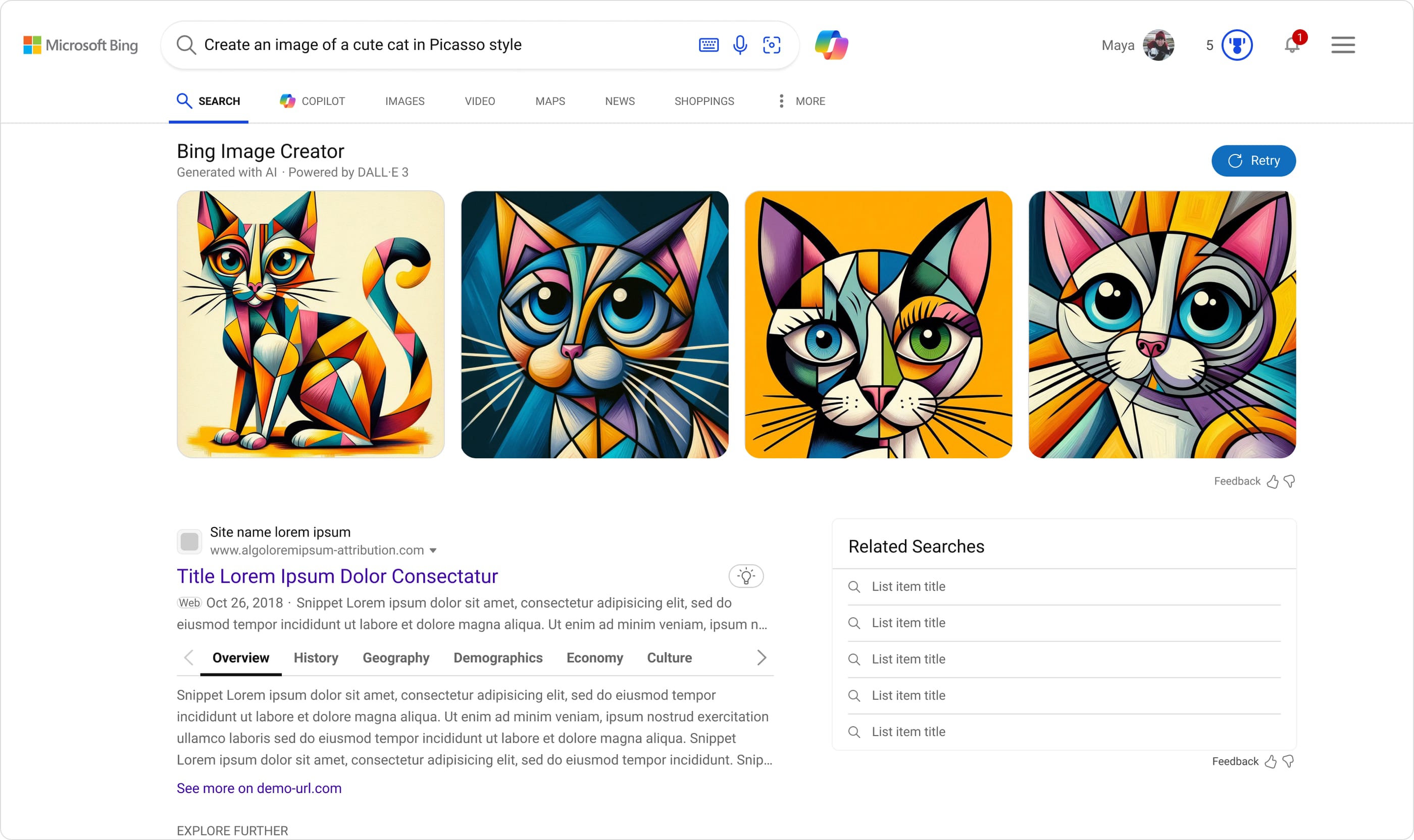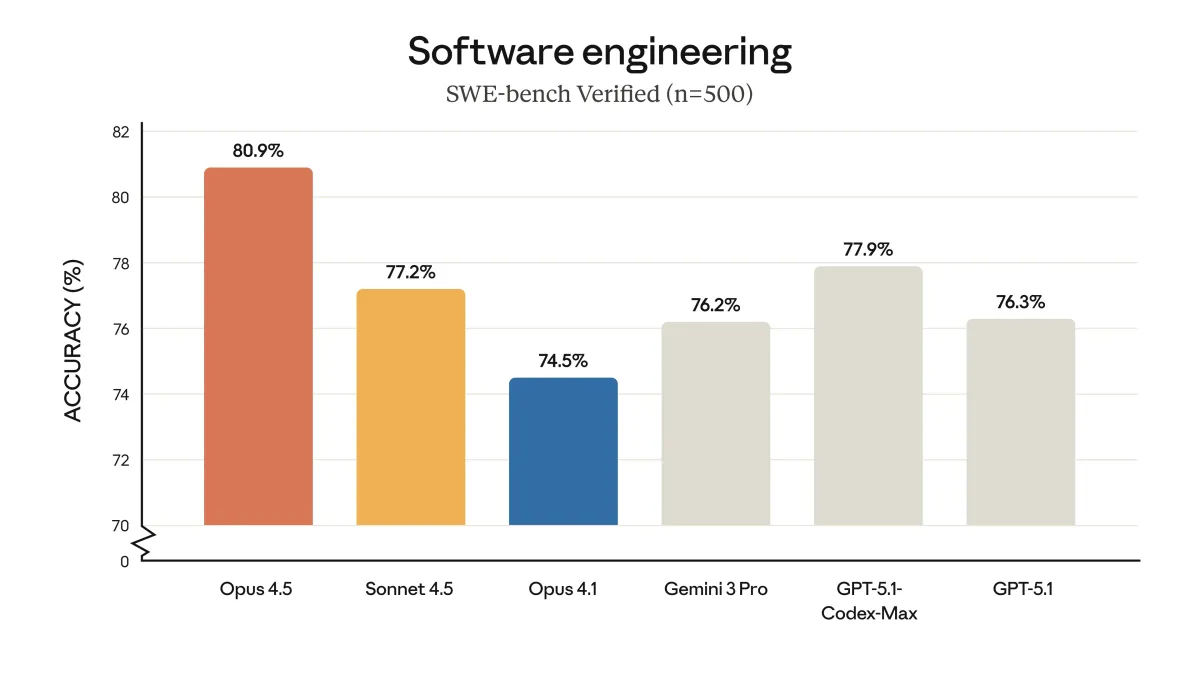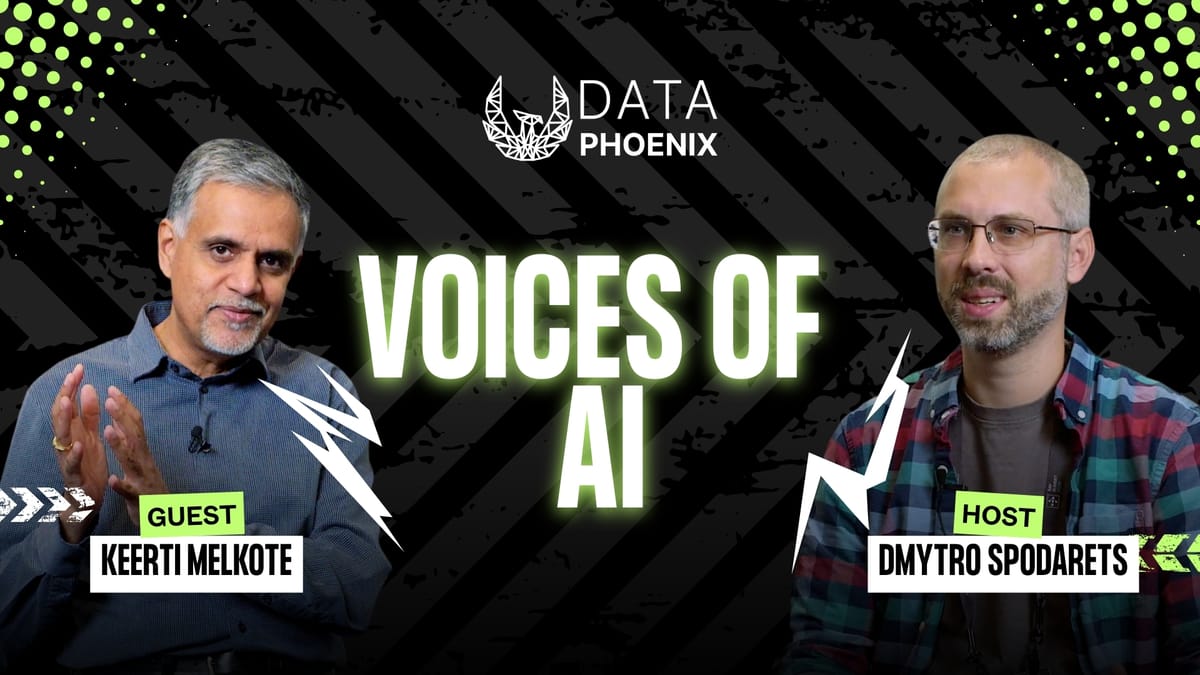Microsoft is reportedly backtracking recent changes to their Bing Image Creator following widespread user dissatisfaction. The AI model rollback comes after implementing PR16, an upgraded version of DALL-E 3 that would supersede PR13, the DALL-E 3 version powering the Bing Image Creator before the update announcement. According to Microsoft's announcement, the PR16 model was supposed to enable generations that were twice as fast and of a higher quality than PR1's.
What Is Bing Image Creator?
Bing Image Creator is an AI-powered image generation tool integrated into Microsoft's search engine. Powered by the DALL-E models by OpenAI, Bing Image Creator allows users to generate custom images through text prompts. Originally available at bing.com/create, the update also included new ways to access the image creator: directly typing a request into the Bing search bar or the Microsoft Edge address bar (the latter requires Bing configured as the default search engine).
Why Did Microsoft Roll Back the Updates?
After the model upgrade, users took to social media platforms to express their concerns about image quality degradation. Users reported that the new PR16 model produced cartoonish image output and lifeless portraits lacking the image realism of its predecessor. Other users reported they encountered restrictions when trying to generate images from seemingly harmless prompts, which ranged from Bing Image Creator refusing process prompts it deemed inappropriate, to actively meddling with the prompts, replacing some allegedly "unsafe" contents with terms like "wholesome", "self-care", "kindness and belonging".

Key Features of the Previous Model
Overall, it seems users had a strong preference for AI-generated images using PR13 for three main reasons:
- The higher quality and amount of detail featured the images generated using PR13. This includes the possibility of obtaining more realistic visual outputs and the lack of a tendency to produce more cartoonish styles and lifeless portraits.
- Consistent prompt processing, which meant fewer false positives in terms of harmful prompts. Additionally, PR13 did not tend to replace supposedly unsafe terms with safer alternatives.
- Some users claimed they didn't see a difference in speed. In cases where they perceived one, the consensus was that it didn't make up for all of PR16's issues.
What’s Next for Bing Image Creator?
Jordi Ribas, Microsoft's head of search, confirmed in an X post that Microsoft had been able to reproduce some issues users were experiencing and announced that the company planned to revert to the PR13 model until said issues were fixed. Ribas also stated that the deployment process to restore the previous model, which started with Pro users and boosted requests, would take 2-3 weeks to complete. Thus far, there has been no confirmation that all Bing Image Creator users have access to the former model.
Conclusion
This situation highlights the challenges in AI model evaluation and the importance of aligning technical improvements with user expectations. According to Ribas, the issues never showed in the internal testing performed by Microsoft before releasing the Bing Image Creator update. Rivas also noted that PR16 had been powering ChatGPT's image generation capabilities for some time now. Ultimately, Microsoft's swift response to user feedback shows its commitment to maintaining service quality, even if it means taking a step back to move forward.





Comments